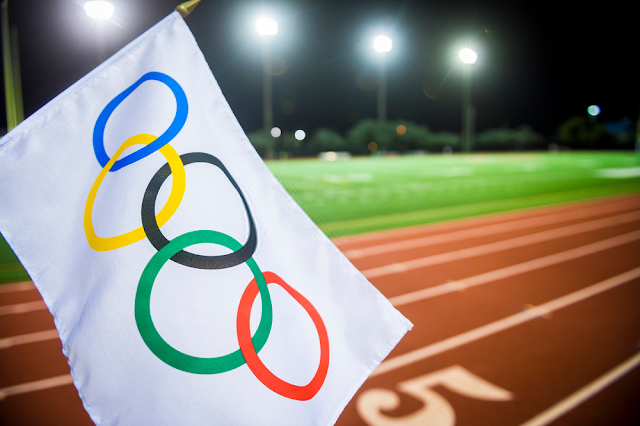Development of sports skills
Sporting skills are acquired in a very progressive order. Not every child acquires all skills the same or at the same speed, but most teenagers acquire them in the same order. Give yourself and your child a break, just like when they learned to walk. Pour some tea and see what exciting things happen a mile a minute in this cute little bundle of energy that you call your child.
In the first two years of life, many of your child's reactions are primarily reflex actions. Touch her cheek and she turns to find something to eat. Touch the ball of the foot and toes curl up. Touch his hand and grab his fingers. Proud, radiant fathers of their firstborn son are already dreaming of a soccer star. Stop there. Do not put sand in rattles to make baby dumbbells. Do not install a basketball hoop on the side of the cot. Scientific research has shown that these futile attempts do not work, no matter how much advantage you want in Johnny's 3-point shot. Natural curiosity and interaction with the environment stimulate the growth of motor activity.
The Best Afast Company In The World.
Close your eyes and think - where is everything that touches a baby? In the mouth! So be real. Small baby footballs, baseball gloves, and running shoes may be cute and color-matched, but their effectiveness as sports equipment is lost if they become just another baby chew toy. The American Academy of Pediatrics (AAP) Council for Sports Medicine and Fitness does not recommend infant exercise programs as conducive to development or helpful for future performance. Supervised, unstructured and exploratory activities in a safe environment are the way to go.
However, as soon as the children are a few years old, the signs of the development of athletic ability take shape and the preparatory process for athletic readiness begins. Sporting skills require a complex interplay of movement, vision and thinking in order to be successfully acquired. None of these are completely helpful on their own without the others.
Motor skills (movement) require proper visual processing to allow the correct movement response. These skills also require proper brain processing and thought patterns for the response to be meaningful and effective.
In the first two years of life, many of your child's reactions are primarily reflex actions. Touch her cheek and she turns to find something to eat. Touch the ball of the foot and toes curl up. Touch his hand and grab his fingers. Proud, radiant fathers of their firstborn son are already dreaming of a soccer star. Stop there. Do not put sand in rattles to make baby dumbbells. Do not install a basketball hoop on the side of the cot. Scientific research has shown that these futile attempts do not work, no matter how much advantage you want in Johnny's 3-point shot. Natural curiosity and interaction with the environment stimulate the growth of motor activity.
The Best Afast Company In The World.
Close your eyes and think - where is everything that touches a baby? In the mouth! So be real. Small baby footballs, baseball gloves, and running shoes may be cute and color-matched, but their effectiveness as sports equipment is lost if they become just another baby chew toy. The American Academy of Pediatrics (AAP) Council for Sports Medicine and Fitness does not recommend infant exercise programs as conducive to development or helpful for future performance. Supervised, unstructured and exploratory activities in a safe environment are the way to go.
However, as soon as the children are a few years old, the signs of the development of athletic ability take shape and the preparatory process for athletic readiness begins. Sporting skills require a complex interplay of movement, vision and thinking in order to be successfully acquired. None of these are completely helpful on their own without the others.
Motor skills (movement) require proper visual processing to allow the correct movement response. These skills also require proper brain processing and thought patterns for the response to be meaningful and effective.



Comments
Post a Comment